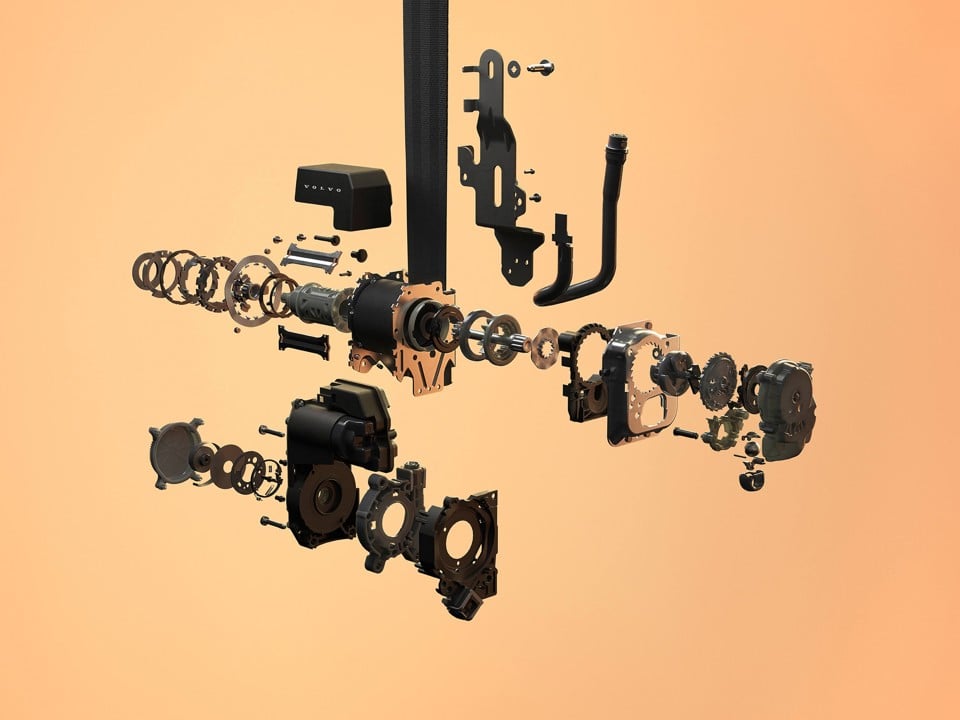In what’s being described as a major improvement to the seat belt, a new multi-adaptive safety belt has been unveiled by Volvo.
The manufacturer says it’s a world-first technology aimed to further enhance safety for everyone in real-world traffic situations.
Debuting in the upcoming fully electric Volvo EX60 in 2026, the new safety belt is designed to better protect people by adapting to traffic variations and the person wearing it, thanks to real-time data from the car’s sensors.
The new multi-adaptive safety belt can use data input from interior and exterior sensors to customise protection, adapting the setting based on the situation and individual’s profiles, such as their height, weight, body shape and seating position.

For example, a larger occupant in a serious crash will receive a higher belt load setting to help reduce the risk of head injury, while a smaller occupant in a milder crash will receive a lower belt load setting to reduce the risk of rib fractures.
The changes are achieved by significantly increasing the number of so-called load-limiting profile variations, which manage the force applied to the occupants in the event of an accident.
“The world first multi-adaptive safety belt is another milestone for automotive safety and a great example of how we leverage real-time data with the ambition to help save millions of more lives,” said Åsa Haglund, head of Volvo Cars Safety Centre.
“This marks a major upgrade to the modern three-point safety belt, a Volvo invention introduced in 1959, estimated to have saved over a million lives.”
Modern safety belts use load limiters to control how much force the safety belt applies on the human body during a crash. The new safety belt expands the load-limiting profiles from three to 11 and increases the possible number of settings, enabling it to optimise performance for each situation and individual.
Unlike traditional systems, the new multi-adaptive safety belt can utilise data from different sensors, including exterior, interior and crash sensors.
In less than a blink of an eye, says Volvo, the car’s system analyses the unique characteristics of a crash – such as direction, speed, and passenger posture – and shares that information with the safety belt. Based on this data, the system selects the most appropriate setting.
The capabilities of the new multi-adaptive safety belt are designed to continuously improve via over-the-air software updates.
As Volvo Cars gathers more data and insights, the car can improve its understanding of the occupants, new scenarios and response strategies.
The new safety belt is part of Volvo Cars’ broader safety system, working with airbags, occupant detection and driver assistance systems to minimise the risk of subsequent injuries.
The belt has been tested and further developed at the Volvo Cars Safety Centre crash lab, where safety engineers can recreate almost any traffic accident.























Login to comment
Comments
No comments have been made yet.